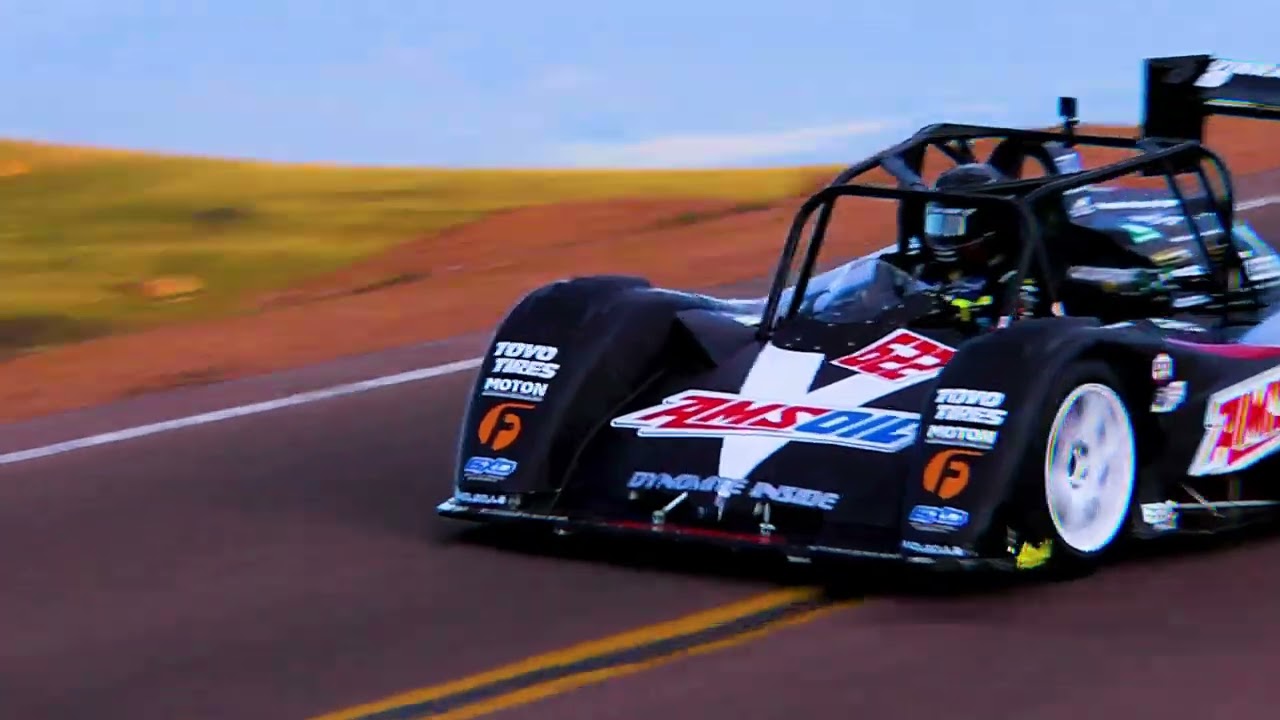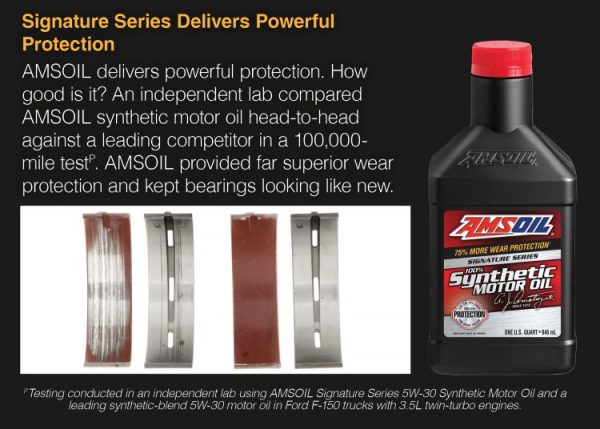Engine Wear goes beyond just dirt
Specialty lubricants are key to guarding against wear and keeping vehicles running for the long haul. Most brands come short. Let’s look at the four types of wear directly affected by the quality of the lubricant.
_by Alex Thompson | August 28, 2024
In 2023, the average cost of a new vehicle in the U.S. was over $48,000, while the average cost of gasoline was $3.52 a gallon. The price of vehicle ownership has clearly risen over the past decade, and it’s no wonder why people don’t go out and buy cars and trucks with the frequency of the past. Check this out, the Bureau of Transportation Statistics, the average age of passenger cars and trucks on the road in 2023 was 12.5 Years, compared to 11.4 Years in 2013. As more people look to keep their vehicles longer, more of them learn that, without proper maintenance, vehicles might not last as long as they’d like. It is up to drivers to protect their investments.
There is little more detrimental to your vehicle’s engine than wear, and lubricating oils are your first line of defense. Numerous factors contribute to engine wear, but all can be categorized as one of the following four basic wear mechanisms: abrasive, corrosive, adhesive and fatigue.
Abrasive Wear
Abrasive wear is caused by foreign particles entering the engine, most commonly soot and dirt. Once inside the engine these particles become trapped between moving parts – the piston and cylinder, for example – and grind against their metal surfaces. Wear particles act as sandpaper, continuously rubbing and wearing away metal surfaces by rupturing the oil film separating moving engine parts, resulting in particle-to-metal contact
Abrasive wear commonly occurs when dirt or other contaminants enter the engine through the air intake system. These contaminants cause excessive wear on rings, pistons and cylinders. Increased cylinder and ring wear can cause blow-by, which decreases compression and causes loss of power. An efficient filtration system can help prevent abrasive wear by blocking contaminants that would otherwise enter the oil sump and find their way into the system.
Corrosive Wear
Corrosive wear is the result of chemical attack. Combustion byproducts introduce acids into the oil sump. If unaddressed, these acids can build up in the system and oxidize or corrode the surface of sensitive areas, including lead- and copper-lined bearings and other soft yellow-metal surfaces. As the surfaces begin to corrode, they weaken and in severe cases, oxidized metallic fragments can break free and become abrasive wear particles, compounding the impact. Storage over winter and short trips not allowing the engine to evaporate all the moisture from the oil adds to this serious issue.
Having an oil which specializes in anti-corrosive situations with unique additive packages is paramount.
Adhesive Wear from High Loads, Speeds and Temperatures
The most commonly recognized mechanism is adhesive wear, which occurs when metal surfaces come in contact under conditions of high load, speed or temperature. Surface irregularities, called asperities, touch and weld momentarily, then break off as the surfaces separate. The load applied to the two points of contact is so high that they bend and adhere to one another. Rough metal surfaces with larger microscopic hills and valleys are more susceptible to this type of wear. Adhesive wear can result in scuffing, scoring or seizure. Aside from engines equipment that uses grease can experience this when the grease isn’t up to the task or when dealing with low quality foreign made bearings which need a top tier grease just to get though the average lifespan. This is where a quality grease comes in.
Fatigue Wear
Fatigue wear originates from situations where the lubricating film is in place, but recurring stress like vibration or shock-loading causes cracks or pits over time. This is a common type of wear found in equipment that frequently starts and stops or changes speeds. Fatigue wear can develop in rolling element bearings as they pass over a stressed area repeatedly and, ultimately, develop cracks that release small bits of metal over time, leaving holes or pits in the surface. These holes or pits grow and connect, resulting in large losses of surface metal and catastrophic damage.
Regardless of equipment type, bearings, gears and cylinders are susceptible to wear, and thus require high-quality lubricant protection. Choosing the proper viscosity for your oil will aid in wear protection by reducing the likelihood of metal-to-metal contact. A full-synthetic base oil provides a naturally higher viscosity index for improved shear stability, again helping to reduce wear by maintaining proper viscosity. Oil film strength is also a key wear-protection property. Adequate film strength provides a lubricant barrier between moving parts, ensuring friction is greatly reduced.
AMSOIL synthetic lubricants offer outstanding wear prevention to help vehicles last longer, which is something an increasing number of drivers are interested in.


